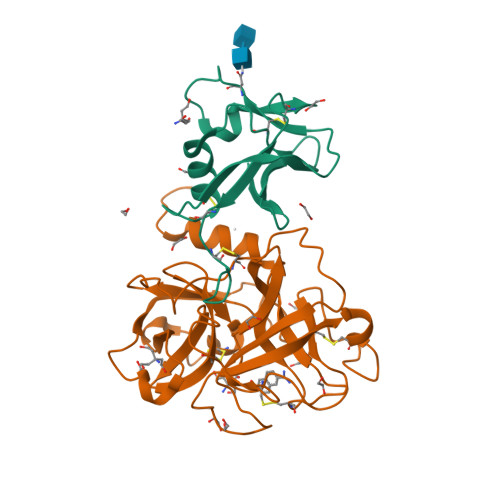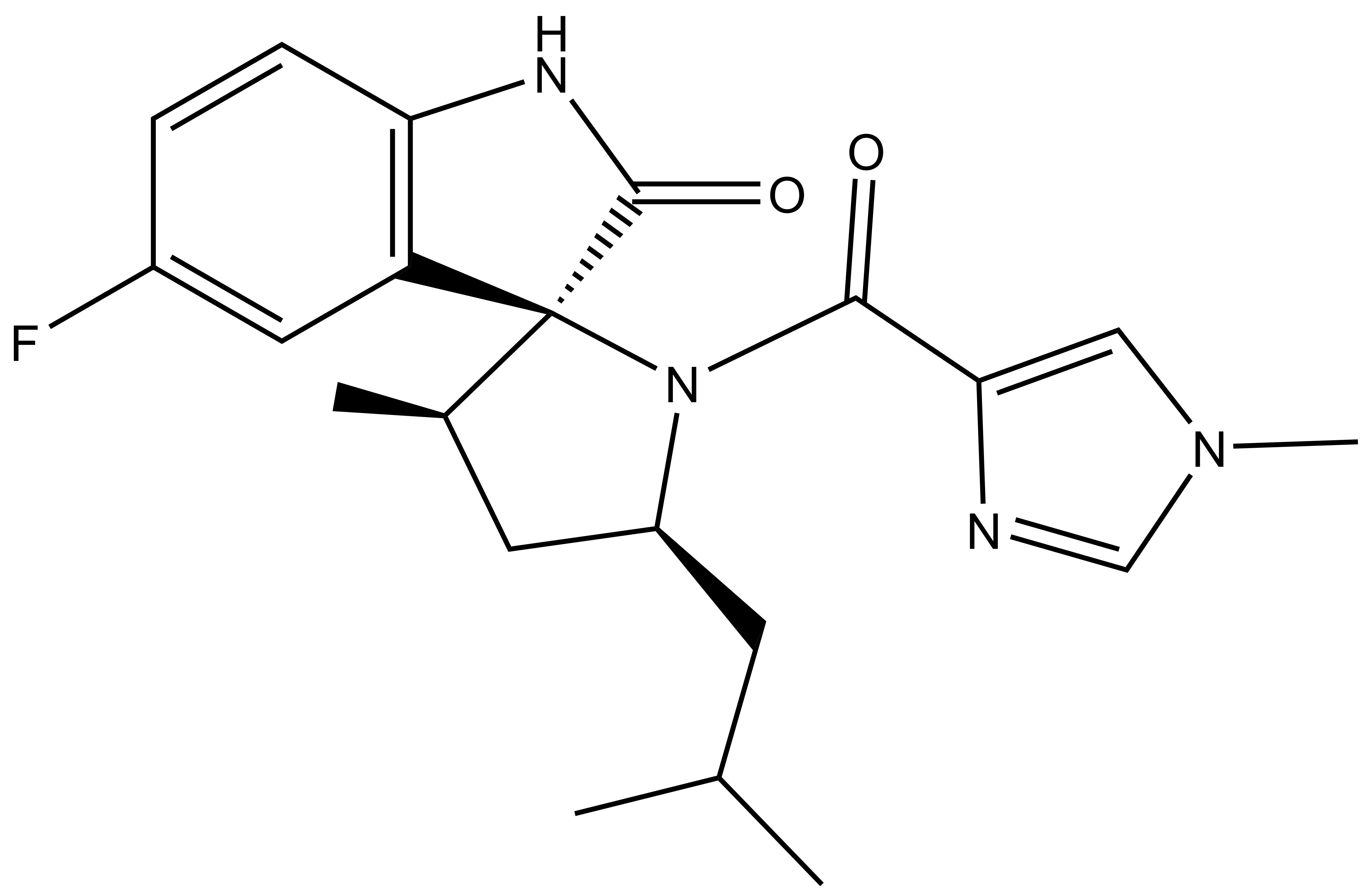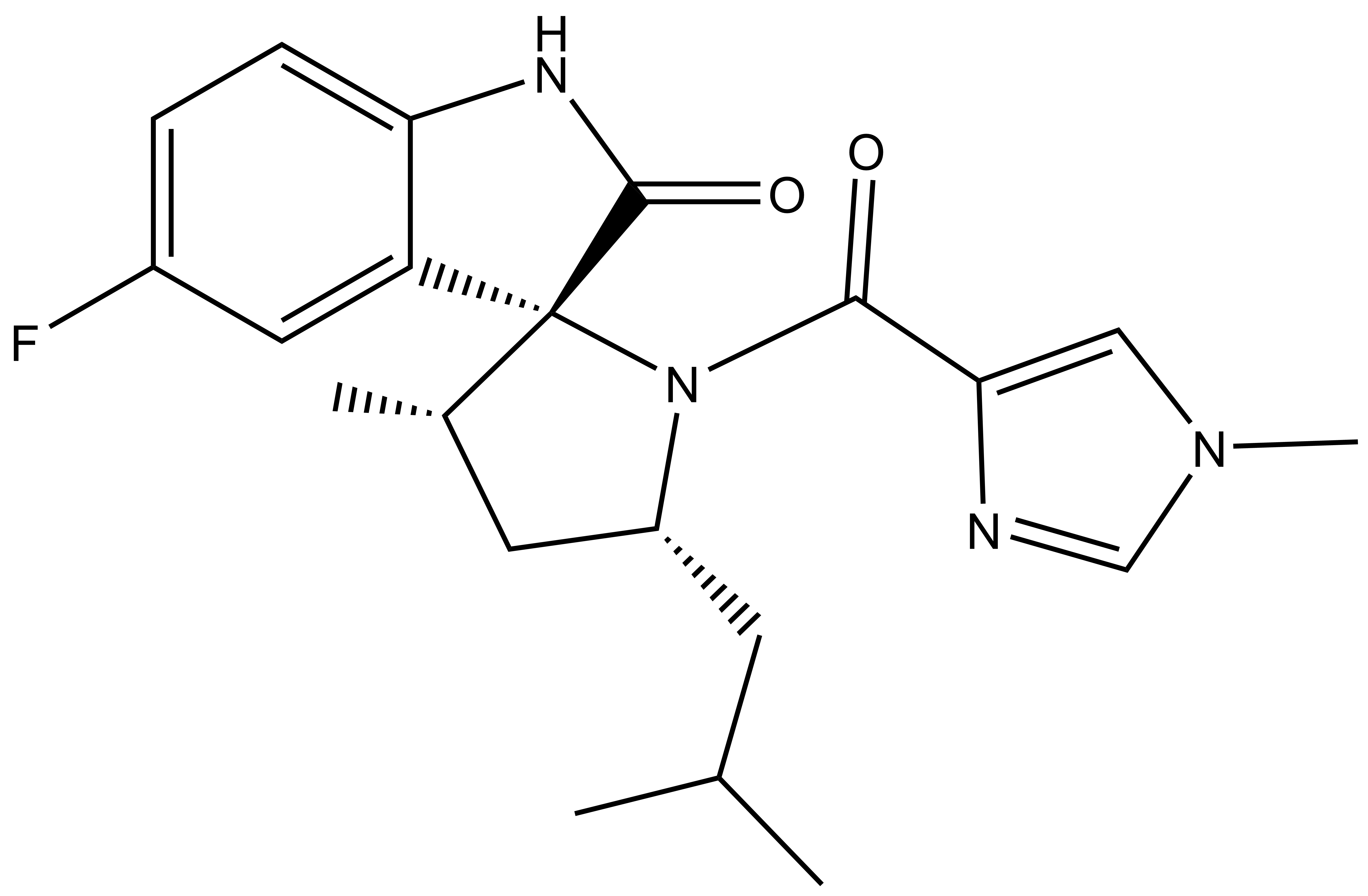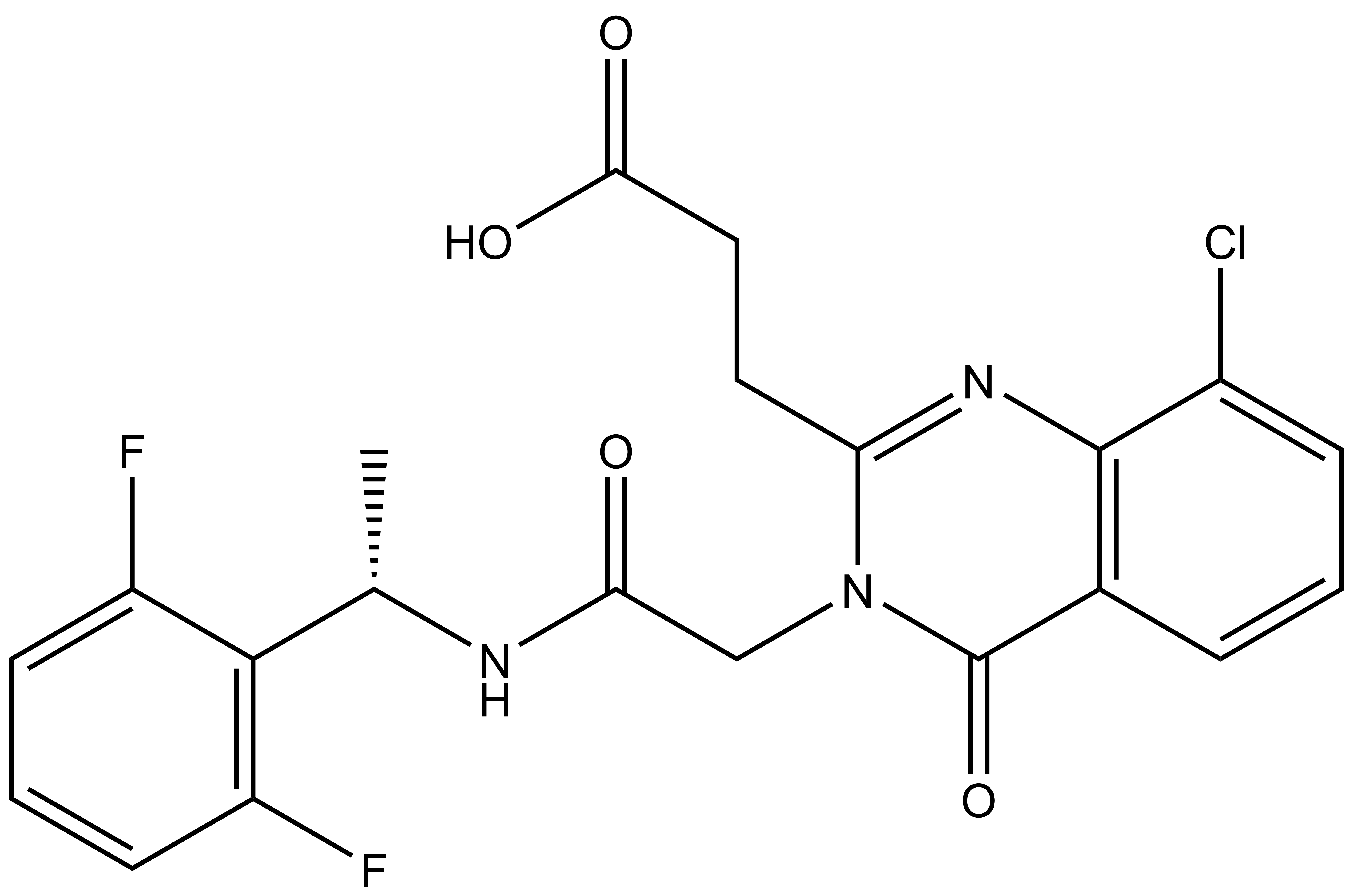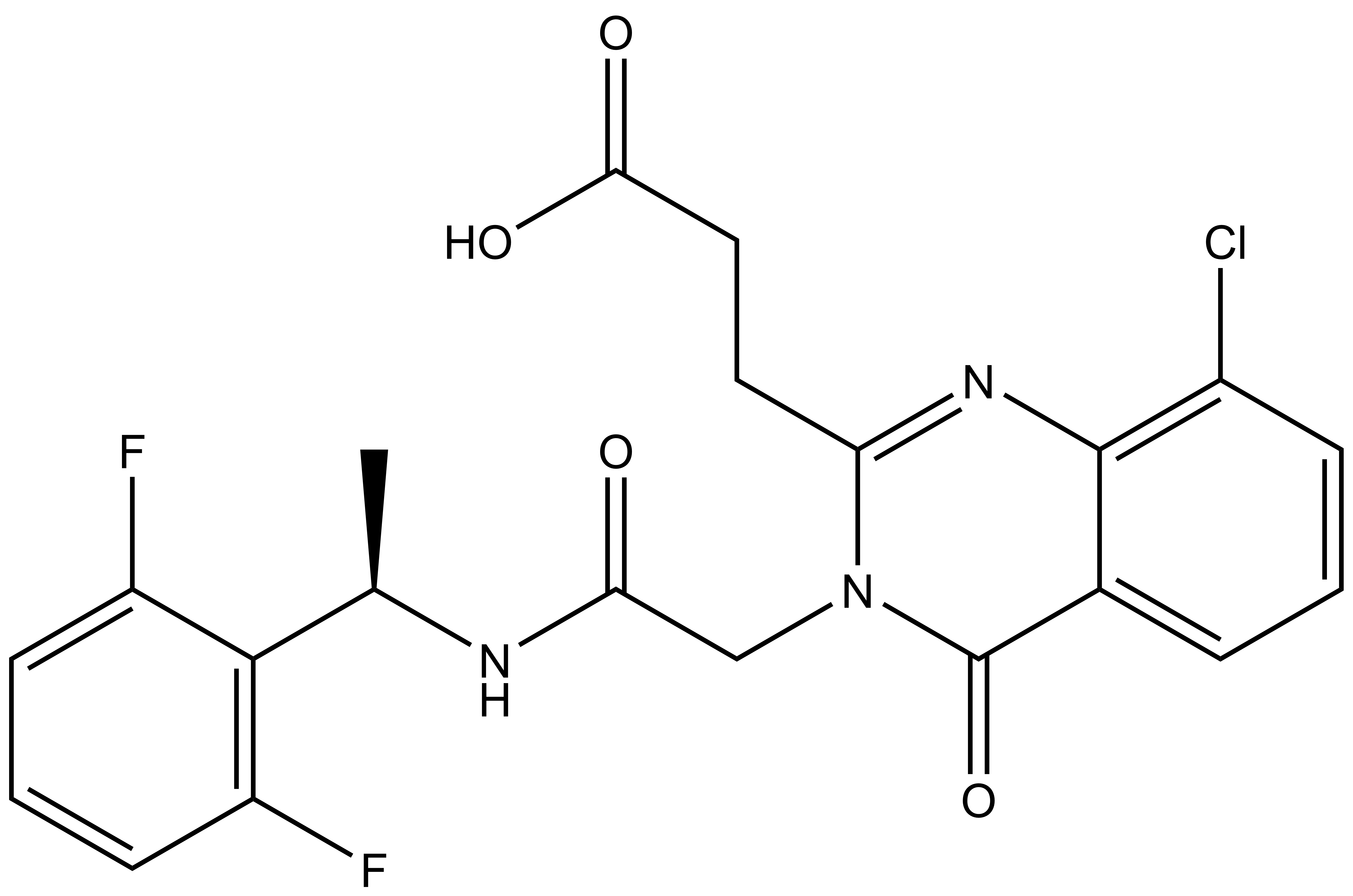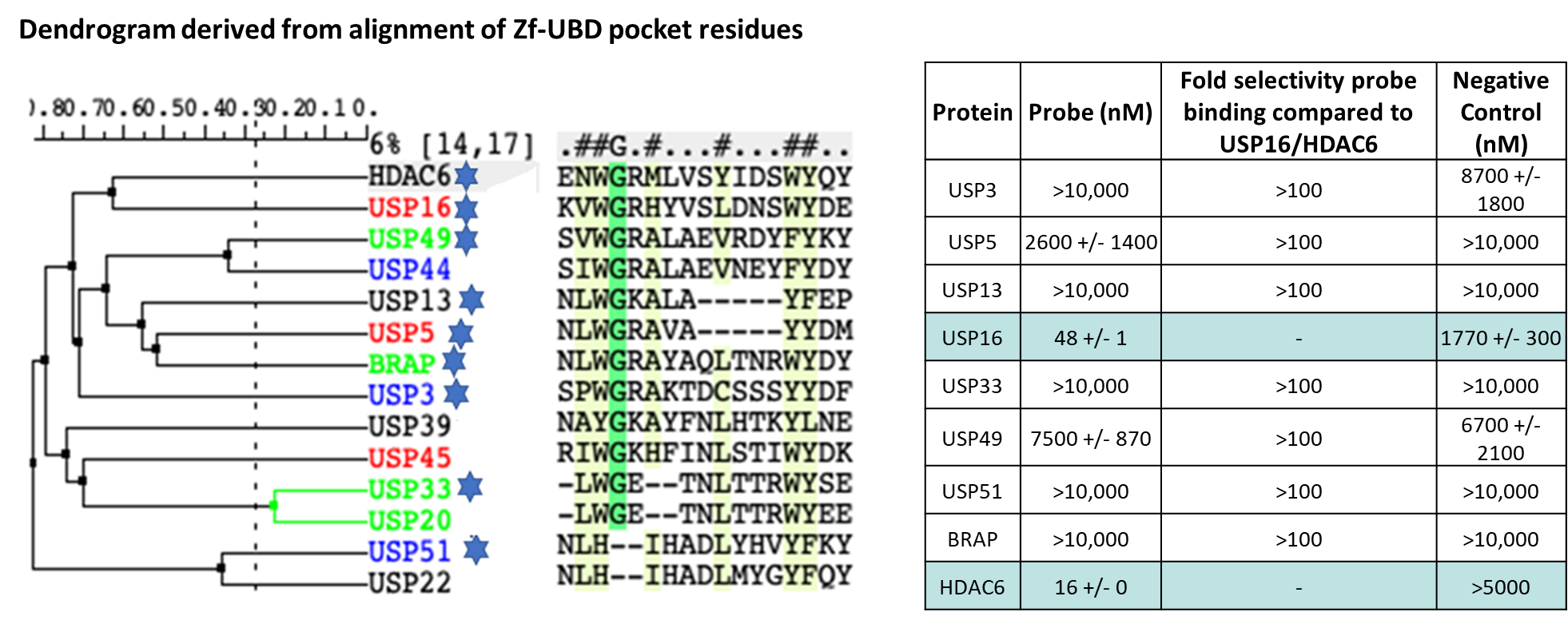SGC in the Open
Our blog posts are home to inspiring stories, insights, and updates from the forefront of our research.
Within these pages, you will discover articles that showcase our latest discoveries, collaborative projects, and the impact of our open-access approach. This section offers a behind-the-scenes look at the innovative work unfolding at the SGC, featuring contributions from our scientists, partners, and community members. Interested in getting first the latest news from SGC?

